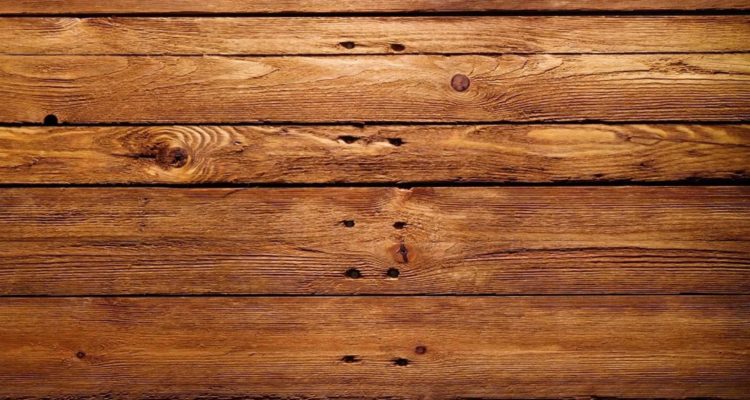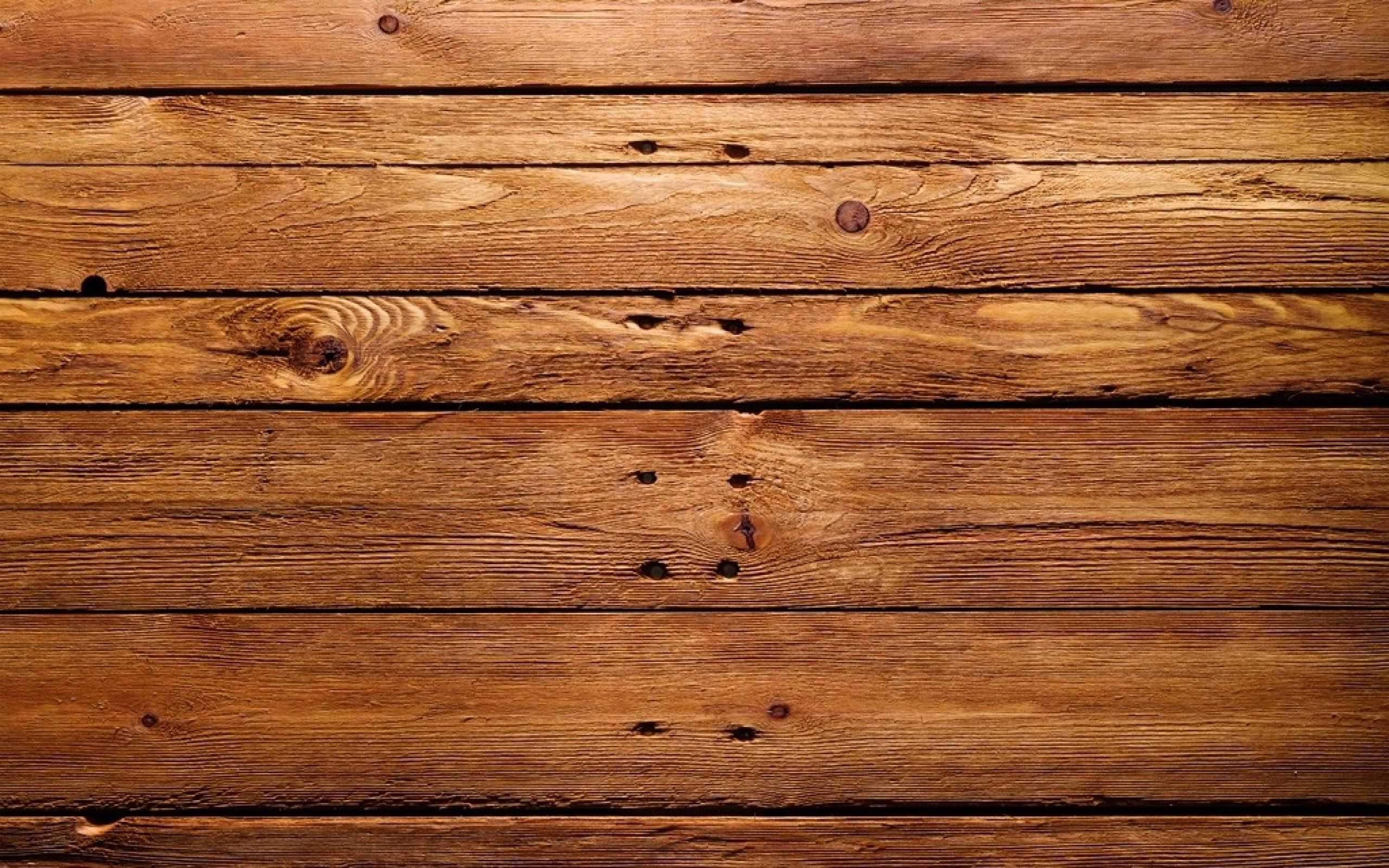Sustainable Wood: The Eco Friendly Choice
When it comes to sustainable choices, there is sometimes a misconception that avoiding wood products is a good thing to do. Not so. While deforestation is a significant problem that must be addressed through more careful sourcing, there is almost nothing better than long-lasting products using solid wood from well managed forests. Usually these products are sold on the basis of superior quality and pride of ownership, both of which are absolutely true, but they are also fantastically eco friendly.
Sustainable Wood: What in the World is Going On?
The planet is going through profound changes, many the consequence of human industry. Thousands of years ago, we discovered that fire was useful for preparing food and keeping us warm. About a hundred years ago, we learned that it was also pretty useful for powering things like machinery, transportation, and the turbines that create electricity, and that fossil fuels such as coal and oil burned extremely well. The only problem is that burning them releases carbon back into the atmosphere, tipping the balance that had been established at the end of the last ice age.
Ordinarily, plants absorb about half the world’s carbon dioxide emissions from out of the atmosphere. Water and other nutrients are absorbed from the ground, but carbon, the building block of life, is sucked out of the air. The oceans are responsible for absorbing the other half, used to support algae and other green life and to build shells. These natural processes have kept everything in perfect equilibrium. However, mankind now churns out twice as much carbon as all plants and oceans can handle, leaving a warming blanket hanging in the sky.
The increase in carbon emissions would be challenge enough, but there is a compounding issue caused by deforestation. As noted, trees build themselves out of carbon dioxide. But in many places around the world, forests are being devastated by illegal logging. Forest coverage in Africa was down -5% from 2005 to 2010, South America -5% and the island countries of Southeast Asia such as Indonesia and the Philippines -4%. Thus while a significant increase in forest coverage would be needed to keep up with industrialization, in fact it is shrinking. The result is steadily rising temperatures, the melting of the polar ice caps, long-term droughts in some areas and a lot more moisture in the air, which is dumped with catastrophic effects in the form of hurricanes, tsunamis, and floods in other places. That’s it for your climate change lesson.
Sustainable Wood: What Can We Do?
Contrary to common sense, one of the best things we can all do is to use more solid wood products. Once a tree is made into furniture, it traps the carbon contained in that wood for as long as it exists. Cutting down trees, building with them as opposed to burning them, and replanting them so new trees can absorb more carbon as they grow is a perfectly sustainable solution. It takes 6 seedlings growing for 10 years to absorb the carbon associated with the electricity to run a 90W overhead incandescent bulb for one year. The more trees that are planted, the better.
There is another factor that is even less understood. All building materials require energy to convert them into a state suitable for manufacturing. Metals, glass and plastics must be melted at very high temperatures. Wood and stone must be harvested and quarried, then transported to a mill to be cut into usable shapes. A lot of work has been done calculating the average amount of energy required for a wide variety of raw materials, a measurement called “embodied energy.”
It turns out that solid wood is one of the least energy intensive materials available, requiring about 2 mega-joules per kilogram. Composite woods such as plywood and particle board require 10. Those numbers may not mean much until you consider that glass requires 16, steel 32 and plastic 70. Most energy comes from burning fossil fuels, so if a material requires 95% less energy to render, it contributes 95% less carbon emissions. The key, though, is to be sure that the trees used are legally logged under a sustainably managed system. As the #3 user of wood, home furnishings has a big stake in the outcome.
What Sustainable Wood is Good?
First and foremost, it is important to note that not all forests are under the same pressure. Timberland in North America, for instance, has stayed fairly constant in recent years because it is owned and operated by large companies or individual landowners for whom it is a livelihood. If they did not replenish their inventory, they would put themselves out of business. Illegal logging occurs when someone with limited means of survival, usually in a foreign country south of the equator, goes into a nearby forested area, cuts down trees and sells them to unscrupulous agents who prey on that traffic. It is estimated that worldwide wood prices are depressed 15% because of the amount of illegal lumber that finds its way into the supply chain.
So good supply management starts with knowing the country of origin. If it is coming from an identified hot spot, then certified wood is the best defense. Forest certification is a process whereby timberland owners or manufacturers contract with an independent auditor to check their sourcing homework and give them a passing grade. The Forest Stewardship Council is best in class at doing these certifications around the world. Another option is plantation-grown species such as documented Teak, Mango and Rubberwood which are treated like crops, harvesting the wood being part of a cyclical process of harvesting and replanting. And another good choice are the “rapidly renewable resources” like bamboo, wicker, rattan and seagrass – plants that grow back very quickly and naturally all by themselves.
Most of these good alternatives cost little if nothing more. European wood used in European manufacture, or North American wood used in North American manufacturing is an outstanding choice and also eliminates unnecessary transportation. Certified wood does cost something more for inspections, but in the scope of an entire piece of furniture where the price of wood may be only 20 to 30% of the total cost, the difference is negligible. Plantation-grown species and rapidly renewables cost nothing more and in some cases actually less.
When it comes to eco friendly alternatives, there is almost nothing better than solid wood locally grown. Simply put, the more wood products we use, the more we ease off the carbon accelerator (energy) while we apply the carbon brake (new trees). Buy it, sell it and use it with pride.




